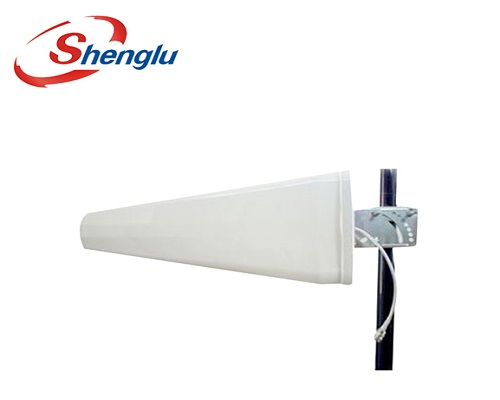What Is Log Periodic Antenna And How It Works ?
A log-periodic antenna, sometimes called a log periodic aerial or log periodic array, is an antenna that is designed to work over a large area of frequencies, usually with a focus on low-frequency radio waves. It was first invented by John Dunlavy, of Colorado, who patented it in 1952. Today, it's used for a variety of different applications. For instance, some models are used by fire departments to scan for hazards and alert people to them.
Like other aerial devices, a log periodic antenna has three main elements: a tuned circuit, an emitter, and a collar. The collar and its tuning assembly act as its receiving elements, while the circuit and the emitter act as its transmitters. The collar is usually made of a metal alloy with many turns of wire on its surface. The tuning assembly consists of a series of teeth, which are diamond plate-like, surrounded by a series of rubber beads, which act as its tuning elements.
To receive a transmission, the receiver must have a resonator that receives the shortest waveform within its bandwidth. That shortest waveform will be a very high frequency, such as about 3000 MHz. By analyzing the way the radio waves are reflected and emitted by the transmitter and the antenna, a mathematical formula is used to calculate the maximum amount of energy that can be absorbed by a medium. After that, the emission's wavelength can be matched using a log-periodic antenna's active region.
Active regions are the parts of a wave that doesn't change length as the transmitter and antenna emit waves in a straight line. When there are no elements along the wave's path, it is said to have a zero-interference region. The log periodic antenna is said to be in an active region when the output signal level is above a certain critical level, which may be different for different elements. In addition, the total harmonic distortion of the system is less than a certain minimum value. Since the total harmonic distortion is equal to the difference between the input and output levels of the system, the criticality level is said to be zero.
With the use of a log-periodic antenna, it is now possible to receive mobile phone calls, cell phone transmissions, and even television broadcasts without a directional coupler or dipole. With today's modern technologies, most analog signals can be transmitted using only a single dipole or single cell signal booster. This type of mobile communications system has a major advantage over previous systems because it uses low power consumption and a high signal-to-noise ratio. The high power consumption is due to the low power requirements of utilizing only one element for each transmitted cell signal. The low noise power-consumption comes from the fact that the system functions with a high signal-to-noise ratio.
A Log Periodic Antenna is said to have a maximum distance that is three times the co-frequency of the receiving antenna. For instance, if a wireless device has a 3.5-millimeter co-frequency, the maximum range it could receive would be thirty miles. The Log Periodic Antenna would provide this signal span. The Log Periodic Antenna would not work effectively on a two-motor transmission because the range would be too short. The maximum signal-to-noise ratio of a log periodic antenna is also a significant factor to consider when purchasing such a type of antenna system.








